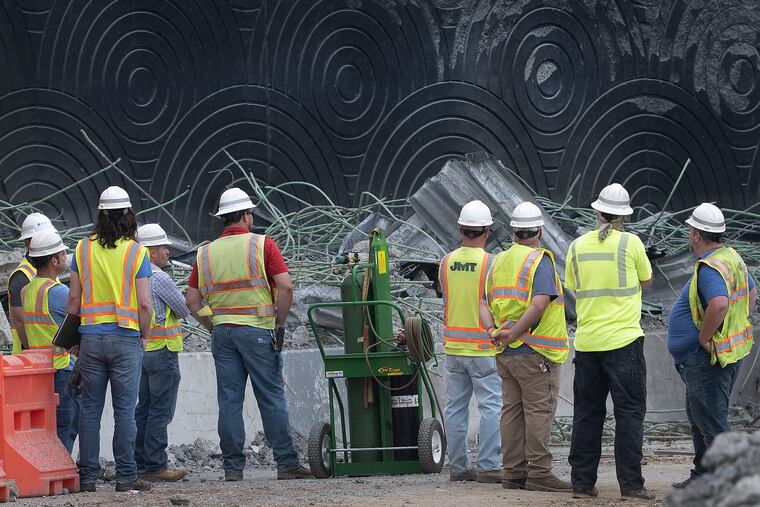‘It’s a matter of urgency:’ How PennDot is using emergency contracting rules to rebuild the I-95 bridge
Gov. Josh Shapiro signed an emergency declaration that has allowed the state to take extraordinary steps to quickly begin demolition and reconstruction work on the bridge.
